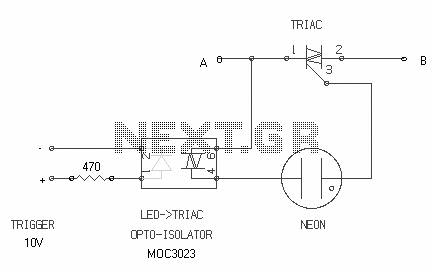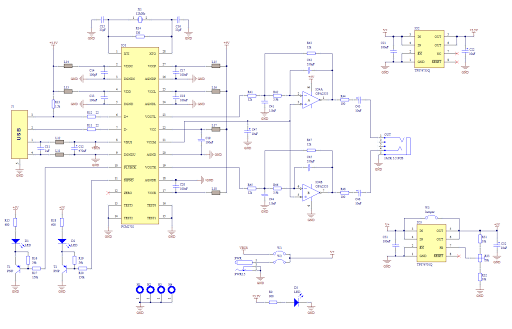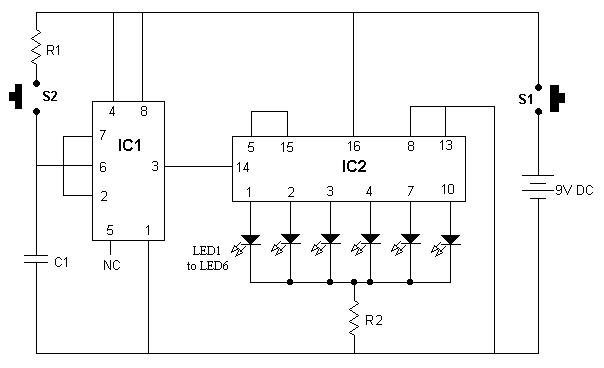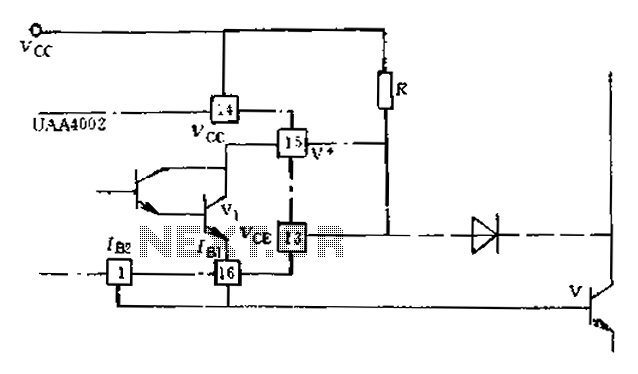
Hardware Schematics
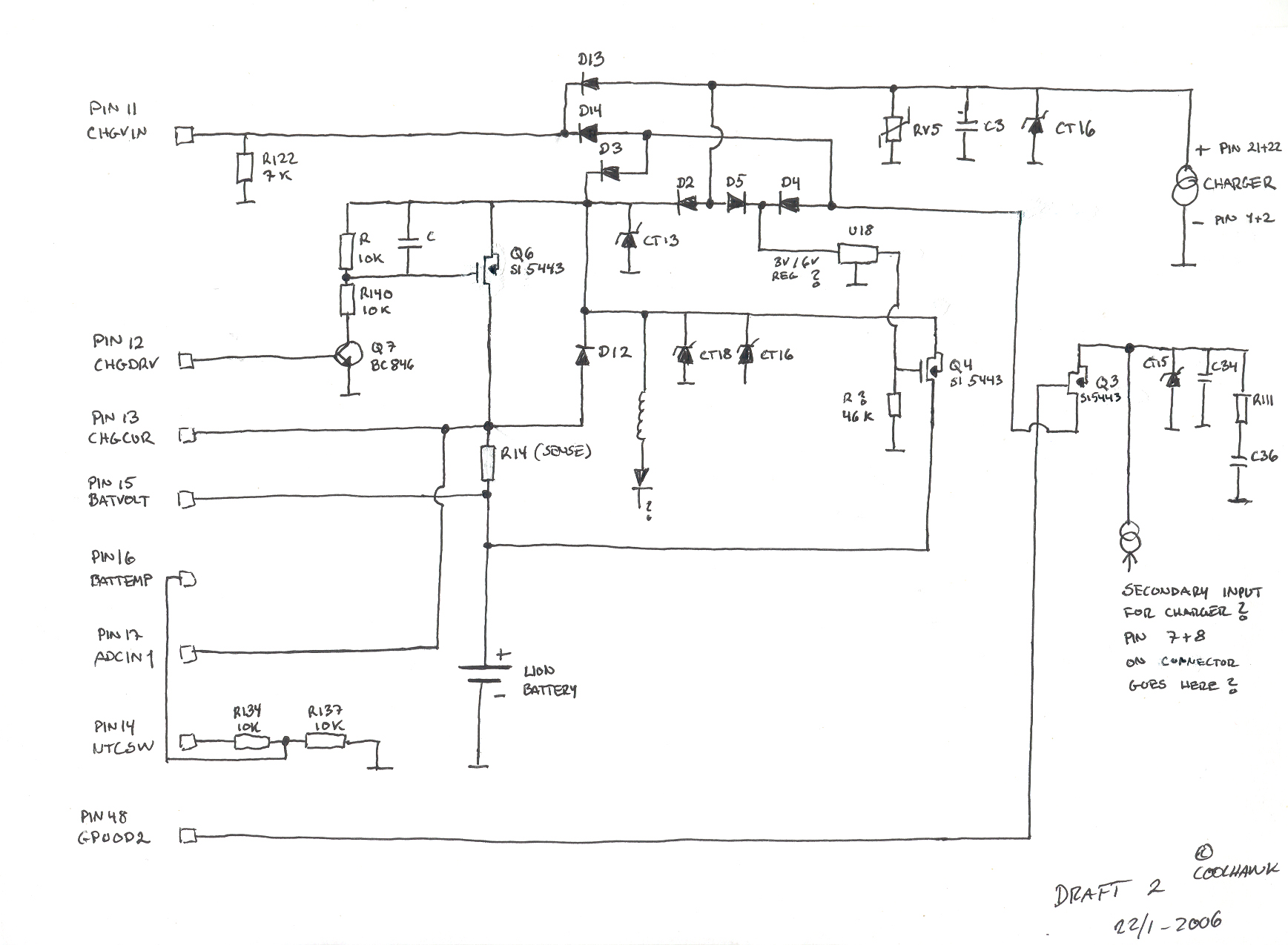
This is a basic hand-drawn schematic version 2. It will be transferred to Protel later when time permits. However, it provides a useful overview of the circuit, which can be charged from two different sources: USB or a standard charger. Additionally, refer to the pinout available on the wiki site. This schematic was created after an incident where a Samsung charger was connected to an X5 device, resulting in damage. The Schottky diode and Q7 component were burned out, but after replacement, the X5 is now functioning and charging again.
The described circuit schematic outlines a dual power input system designed to facilitate charging from either a USB port or a conventional external charger. The circuit is structured to ensure compatibility with both power sources, providing flexibility in charging methods.
The primary components of the schematic include a Schottky diode, which is crucial for preventing reverse current flow that could damage the circuit. The use of a Schottky diode is particularly advantageous due to its low forward voltage drop, which enhances charging efficiency. The circuit also features a transistor labeled as Q7, which likely acts as a switch or regulator to manage the power supply to the device.
In the event of incorrect charger connections, such as the one experienced with the Samsung charger, the circuit design must incorporate protective measures to safeguard against over-voltage or incorrect polarity. The schematic should include appropriate fuses or resettable polyfuses to prevent component damage during such occurrences.
The pinout referenced should provide clear identification of each connection point, facilitating accurate assembly and troubleshooting during the circuit's implementation. This information is critical for users to ensure proper connections and to avoid similar incidents in the future.
Overall, this schematic serves as a foundational design for a versatile charging circuit, emphasizing the importance of component selection and protective measures to enhance durability and functionality in various charging scenarios.This is a very crude handdrawn schematic version 2. I`ll pop it into Protel later when I get the time. But it does give you a very handy overview of the circuit where it`s possible to charge from 2 different sources. Either by USB or normal charger. Also refer to the pinout located here on the wiki site. I made this since I got a X5 in where the o wner had connected a Samsung charger, and of course boooom pooff smoke. The schotkky diode and Q7 was burned out, after they were replaced the X5 is now charging again. 🔗 External reference
The described circuit schematic outlines a dual power input system designed to facilitate charging from either a USB port or a conventional external charger. The circuit is structured to ensure compatibility with both power sources, providing flexibility in charging methods.
The primary components of the schematic include a Schottky diode, which is crucial for preventing reverse current flow that could damage the circuit. The use of a Schottky diode is particularly advantageous due to its low forward voltage drop, which enhances charging efficiency. The circuit also features a transistor labeled as Q7, which likely acts as a switch or regulator to manage the power supply to the device.
In the event of incorrect charger connections, such as the one experienced with the Samsung charger, the circuit design must incorporate protective measures to safeguard against over-voltage or incorrect polarity. The schematic should include appropriate fuses or resettable polyfuses to prevent component damage during such occurrences.
The pinout referenced should provide clear identification of each connection point, facilitating accurate assembly and troubleshooting during the circuit's implementation. This information is critical for users to ensure proper connections and to avoid similar incidents in the future.
Overall, this schematic serves as a foundational design for a versatile charging circuit, emphasizing the importance of component selection and protective measures to enhance durability and functionality in various charging scenarios.This is a very crude handdrawn schematic version 2. I`ll pop it into Protel later when I get the time. But it does give you a very handy overview of the circuit where it`s possible to charge from 2 different sources. Either by USB or normal charger. Also refer to the pinout located here on the wiki site. I made this since I got a X5 in where the o wner had connected a Samsung charger, and of course boooom pooff smoke. The schotkky diode and Q7 was burned out, after they were replaced the X5 is now charging again. 🔗 External reference

